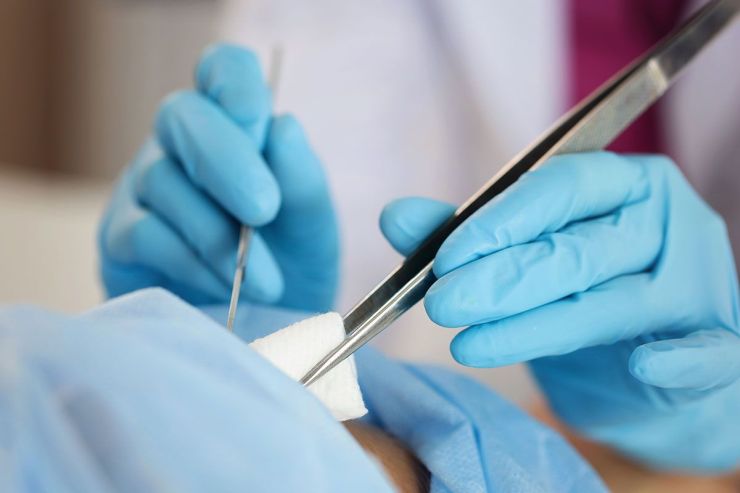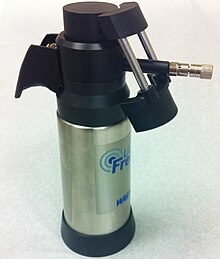Minor Surgery and Cryosurgery
Cryosurgery (cryotherapy) is the use of extreme cold in surgery to destroy abnormal or diseased tissue.
The term comes from the Greek words cryo ("icy cold") and surgery meaning "hand work" or "handiwork". Cryosurgery has been historically used to treat a number of diseases and disorders, especially a variety of benign and malignant skin conditions.
Warts , Moles and Skin tags and small skin cancers are candidates for cryosurgical treatment.
Liquid nitrogen
Cryogun used to spray liquid nitrogen
A common method of freezing lesions is using liquid nitrogen as the cooling solution. The super-cooled liquid may be sprayed on the diseased tissue, circulated through a tube called a cryoprobe, or simply dabbed on with a cotton or foam swab.
Cryosurgery is a minimally invasive procedure, and is often preferred to more traditional kinds of surgery because of its minimal pain, scarring, and cost; however, as with any medical treatment, there are risks involved, primarily that of damage to nearby healthy tissue.
Patients undergoing cryosurgery usually experience redness and minor-to-moderate localized pain, which most of the time can be alleviated sufficiently by oral administration of mild analgesics such as Ibuprofen and codeine.
Blisters may form as a result of cryosurgery, but these usually scab over and peel away within a few days.
Minor Surgery



